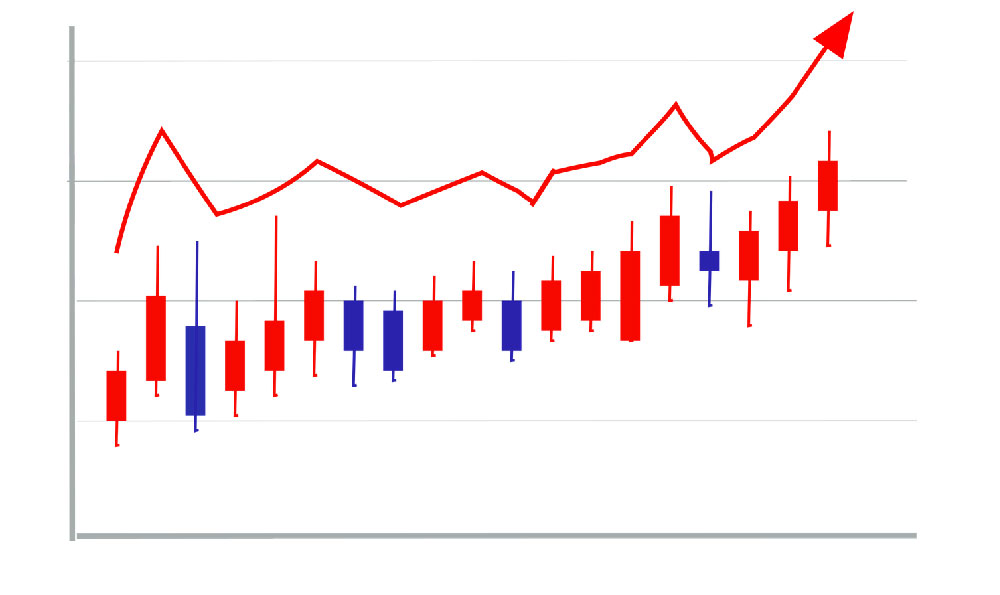The allure surrounding stripping often clashes with the reality of the job, particularly when discussing financial compensation. While the perception might be one of easy money and glamorous lifestyles, understanding a stripper's potential income and whether it's "worth it" requires a nuanced examination of various factors, from location and personal skills to the hidden costs and inherent risks involved.
Strippers' earnings are incredibly variable, influenced by a wide array of circumstances. Geographic location is a primary driver. Cities with a vibrant nightlife and a high density of clubs generally offer more opportunities and higher earning potential. For example, a stripper working in Las Vegas, Miami, or New York City might command significantly higher tips than someone in a smaller, more conservative town. Even within a single metropolitan area, the specific club matters. Upscale clubs with higher clientele expectations often lead to larger tips, although these clubs may also have stricter appearance and performance requirements. The type of club also plays a role – from gentlemen's clubs to full nude bars, the atmosphere and services offered dictate the price point and potential for earnings.
Beyond location, a stripper's individual characteristics and skills are crucial. Physical attractiveness, while subjective, undoubtedly plays a role. However, it's not the sole determinant of success. Charisma, personality, and the ability to connect with customers are equally, if not more, important. A stripper who is engaging, witty, and genuinely interested in interacting with clients can often earn more than someone who simply relies on their looks. Strong dancing skills, captivating stage presence, and the ability to perform different types of dances (pole, lap dances, etc.) also contribute to earning potential. Customer service skills are essential; remembering regulars' names, preferences, and engaging in friendly conversation can foster loyalty and lead to repeat business.

The way a stripper is paid also drastically affects take-home pay. Most strippers operate as independent contractors, meaning they are responsible for their own taxes and expenses. They typically earn money through tips, private dances, stage performances, and sometimes a small hourly wage. The house fee, a percentage of earnings paid to the club for allowing the stripper to work there, can be substantial. This fee can eat into profits, especially on slow nights. Some clubs also require strippers to pay for stage time or "buy" dances from other girls to ensure they have a spot on stage. Understanding the club's payment structure and house fees is vital for assessing actual earnings.
To get a clearer picture of potential earnings, consider some real-world examples. A novice stripper working part-time in a mid-sized city might earn between \$200 and \$500 per night. An experienced stripper with a strong following in a high-end club could potentially earn \$1,000 or more per night. However, these are just averages. Slow nights, competition from other dancers, and economic downturns can all significantly impact earnings. Some strippers report earning very little on certain nights, barely enough to cover expenses.
While the potential for high earnings can be enticing, it's essential to acknowledge the inherent costs and risks associated with the profession. These costs extend beyond the financial realm. Strippers often face social stigma and judgment from family and friends. The job can be physically demanding, requiring long hours on one's feet, strenuous physical activity, and exposure to secondhand smoke. The unpredictable nature of the work can lead to financial instability and stress. Moreover, the environment can be emotionally draining, requiring dancers to navigate complex social dynamics, deal with demanding customers, and maintain a professional demeanor in potentially uncomfortable situations.
Safety is a paramount concern. Strippers are vulnerable to harassment, assault, and theft. They may encounter intoxicated or aggressive customers, and the risk of exposure to sexually transmitted infections is higher. It’s critical to prioritize personal safety by setting boundaries with clients, working with a trusted group of dancers, and being aware of one's surroundings. Some clubs offer security measures, but dancers ultimately need to be proactive in protecting themselves.
Furthermore, there are hidden financial costs that many people don't consider. Strippers typically need to invest in their appearance, including clothing, makeup, hair styling, and potentially cosmetic enhancements. They may also need to pay for dance classes or fitness training to improve their skills. The cost of transportation to and from the club, meals, and other expenses can add up quickly. As independent contractors, strippers are responsible for paying self-employment taxes, which can significantly reduce their net income. Careful budgeting and financial planning are essential for managing these expenses.
Ultimately, deciding whether stripping is "worth it" is a highly personal decision. It requires weighing the potential financial rewards against the emotional, physical, and social costs. For some, the flexibility, earning potential, and sense of empowerment outweigh the downsides. They may view stripping as a temporary means to an end, a way to pay off debt, save for college, or pursue other career goals. Others may find the environment to be too challenging or the risks too great. Before entering the profession, it's essential to research the industry thoroughly, talk to experienced dancers, and realistically assess one's own strengths, weaknesses, and tolerance for risk. A strong support system, financial literacy, and a clear understanding of the potential challenges are crucial for success and well-being. Stripping is not a universally "worth it" proposition; it demands careful consideration and a realistic assessment of the multifaceted factors involved.












